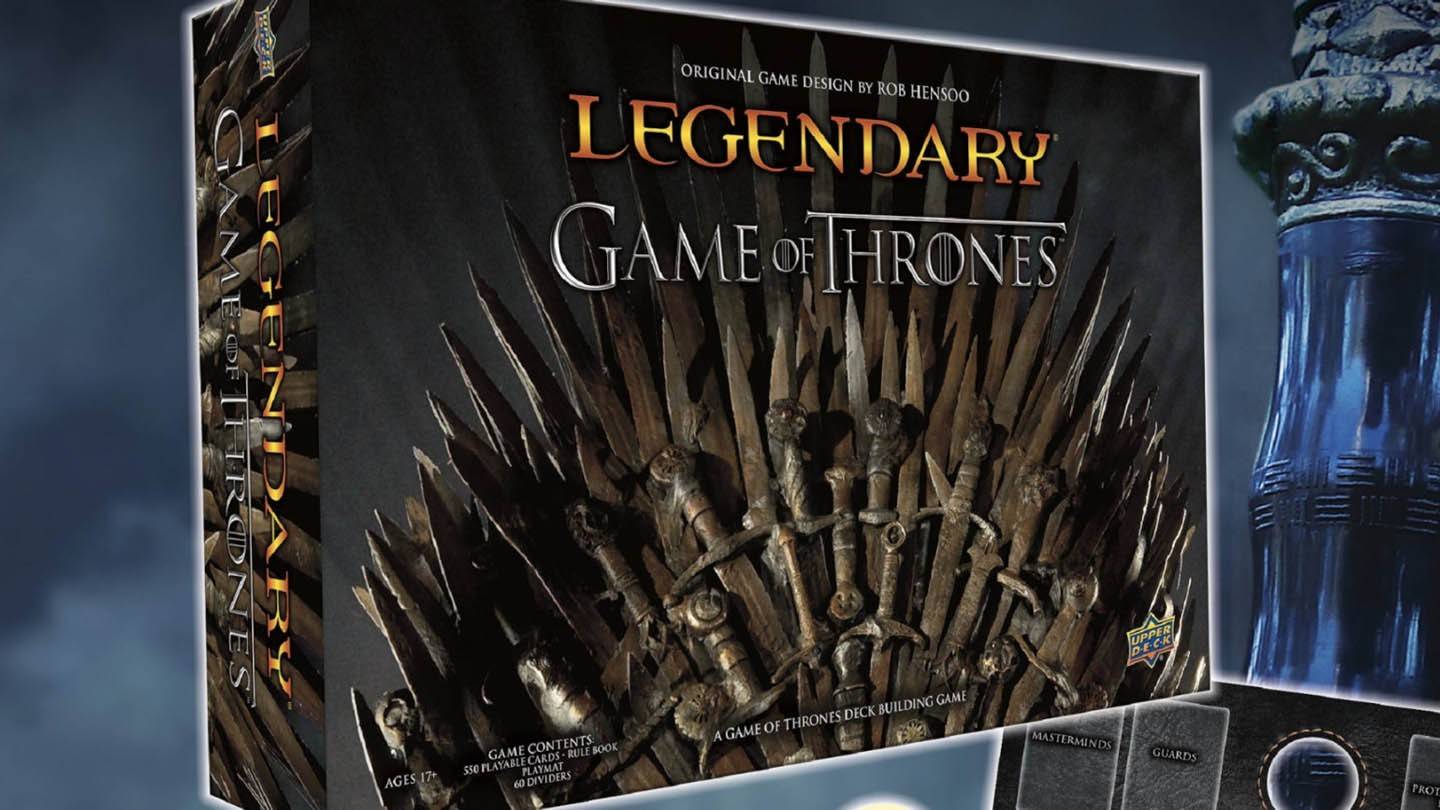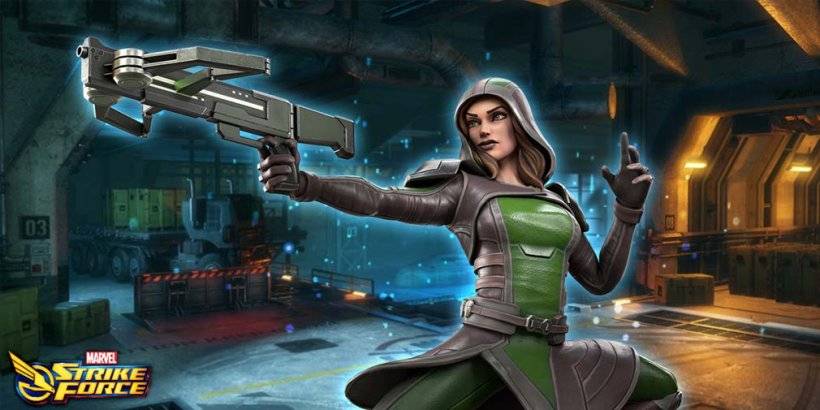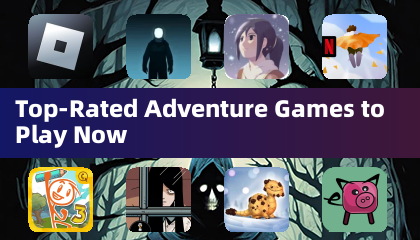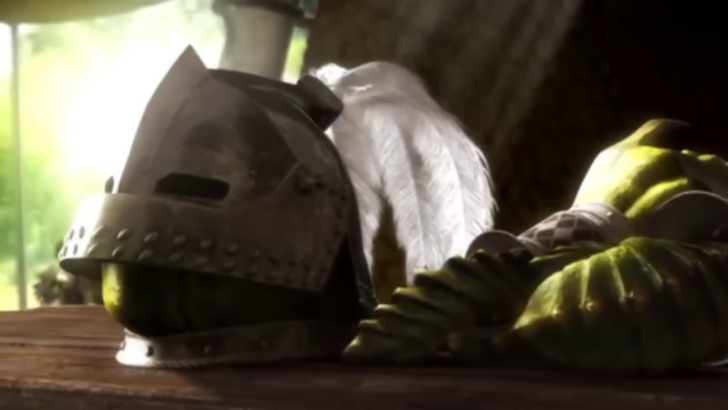 Monster Hunter's narrative, often overlooked due to its straightforward nature, deserves a closer examination. This deep dive explores the underlying themes and stories woven into the gameplay.
Monster Hunter's narrative, often overlooked due to its straightforward nature, deserves a closer examination. This deep dive explores the underlying themes and stories woven into the gameplay.
← Return to Monster Hunter Wilds' main article
The Evolution of Monster Hunter's Narrative
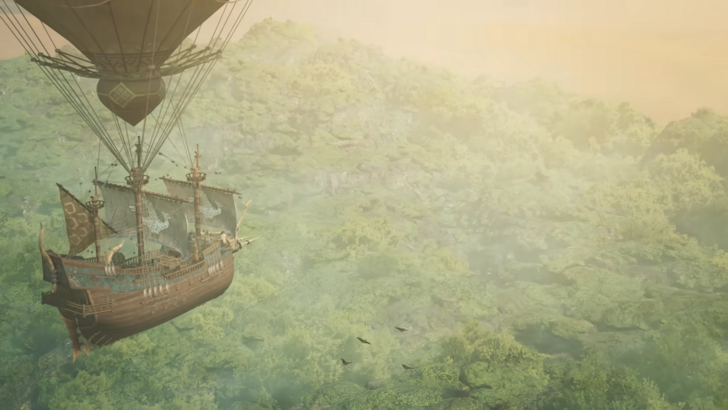 While not primarily a narrative-driven series, Monster Hunter's story isn't nonexistent. The mission-based structure, where quests dictate the player's actions, often overshadows the overarching narrative. But is it truly as simple as hunting monsters for profit, fashion, or sport? Let's analyze the mainline series to uncover deeper meaning.
While not primarily a narrative-driven series, Monster Hunter's story isn't nonexistent. The mission-based structure, where quests dictate the player's actions, often overshadows the overarching narrative. But is it truly as simple as hunting monsters for profit, fashion, or sport? Let's analyze the mainline series to uncover deeper meaning.
The Hunter's Journey
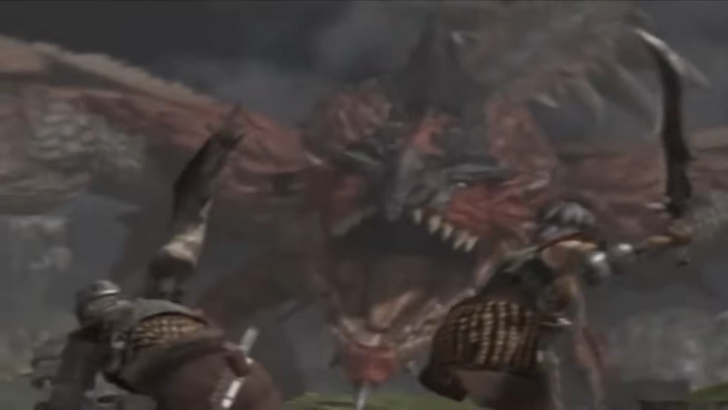 Most Monster Hunter games follow a similar structure: a novice hunter accepts quests, gradually increasing their rank and facing progressively challenging monsters. The ultimate goal is to become the village's top hunter, culminating in a final showdown with a powerful apex predator (e.g., Fatalis in Monster Hunter 1). This core gameplay loop persists even in later titles with more developed narratives. However, games like World, Rise, and their expansions offer more integrated storylines.
Most Monster Hunter games follow a similar structure: a novice hunter accepts quests, gradually increasing their rank and facing progressively challenging monsters. The ultimate goal is to become the village's top hunter, culminating in a final showdown with a powerful apex predator (e.g., Fatalis in Monster Hunter 1). This core gameplay loop persists even in later titles with more developed narratives. However, games like World, Rise, and their expansions offer more integrated storylines.
Maintaining Ecological Balance
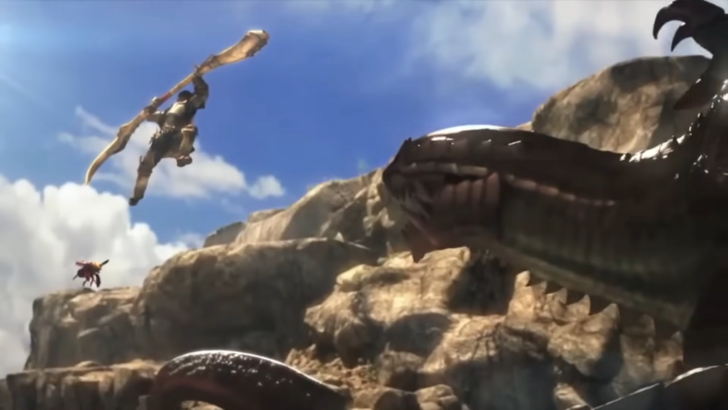 The series often portrays the hunter as a force maintaining ecological balance. Monster Hunter 4 (MH4) exemplifies this with the Gore Magala and its Frenzy Virus, a disease spreading aggression among monsters. The hunter's role is clearly defined: eliminate the threat to restore equilibrium.
The series often portrays the hunter as a force maintaining ecological balance. Monster Hunter 4 (MH4) exemplifies this with the Gore Magala and its Frenzy Virus, a disease spreading aggression among monsters. The hunter's role is clearly defined: eliminate the threat to restore equilibrium.
However, Monster Hunter: World and Iceborne present a more nuanced perspective. The ending of Iceborne suggests that while humans strive to restore balance, nature operates on its own terms. Nergigante's role as a natural force of balance is highlighted, challenging the human-centric view of ecological control.
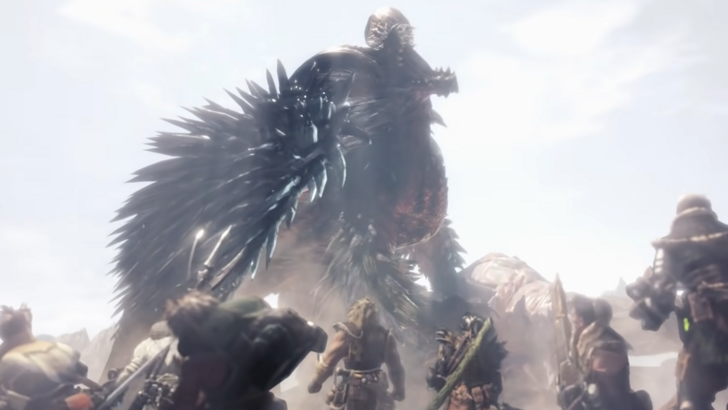 The base game's ending elevates the hunter to "Sapphire Star," a guiding light referencing the in-game "Tale of the Five," implying the Research Commission accepts its role as nature's guardian, guided by the hunter. Iceborne's ending contrasts this, emphasizing the limitations of human understanding and the resilience of nature. This juxtaposition showcases nature's ability to thrive even without human intervention.
The base game's ending elevates the hunter to "Sapphire Star," a guiding light referencing the in-game "Tale of the Five," implying the Research Commission accepts its role as nature's guardian, guided by the hunter. Iceborne's ending contrasts this, emphasizing the limitations of human understanding and the resilience of nature. This juxtaposition showcases nature's ability to thrive even without human intervention.
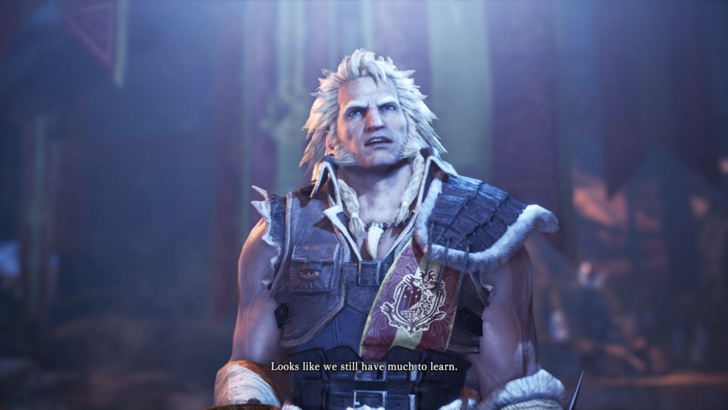 This thematic approach subtly underscores the complexity of the hunter's role and the unpredictable nature of the ecosystem. It transcends the simplistic notion of merely hunting monsters.
This thematic approach subtly underscores the complexity of the hunter's role and the unpredictable nature of the ecosystem. It transcends the simplistic notion of merely hunting monsters.
The Hunter's Reflection in the Monster
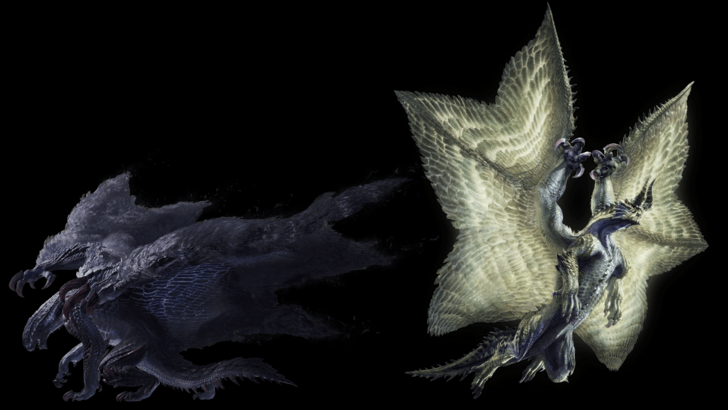 The Gore Magala's evolution into Shagaru Magala mirrors the hunter's own progression, suggesting that monsters also learn and adapt.
The Gore Magala's evolution into Shagaru Magala mirrors the hunter's own progression, suggesting that monsters also learn and adapt.
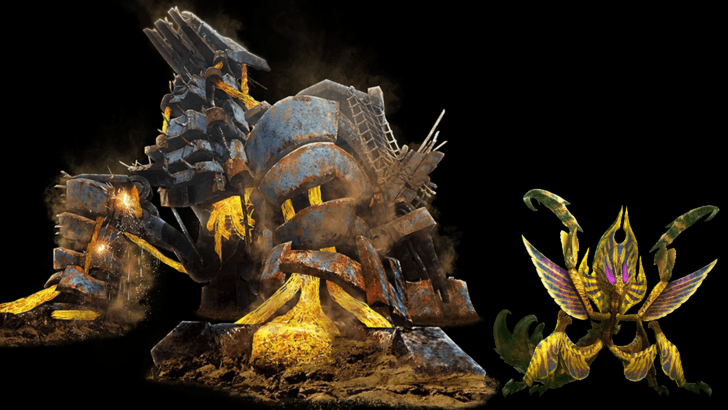 Ahtal-Ka, the final boss of Monster Hunter Generations Ultimate, exemplifies this thematic mirroring. Its use of hunter-like weaponry and its creation of a mechanical fortress showcase a unique adaptation to the hunter's strategies. This reflects the hunter's ingenuity and nature's capacity to adapt to human intervention.
Ahtal-Ka, the final boss of Monster Hunter Generations Ultimate, exemplifies this thematic mirroring. Its use of hunter-like weaponry and its creation of a mechanical fortress showcase a unique adaptation to the hunter's strategies. This reflects the hunter's ingenuity and nature's capacity to adapt to human intervention.
Man vs. Wild: A Personal Narrative
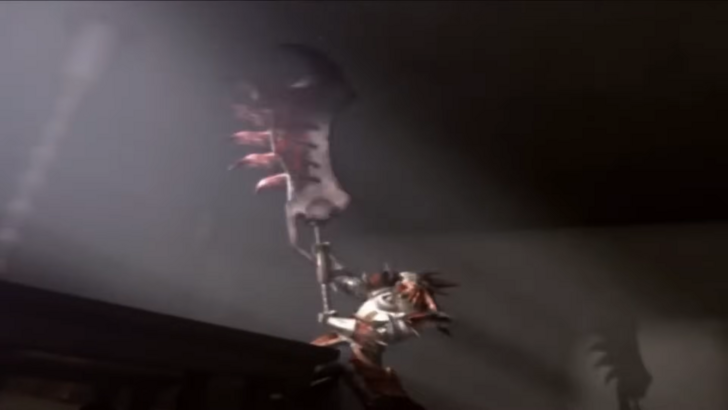 Ultimately, Monster Hunter is about the player's journey of growth and overcoming challenges. The initial encounter with the Tigrex in Monster Hunter Freedom 2, where the hunter is defeated, serves as a powerful motivator. Later encounters with the same monster highlight the hunter's progress.
Ultimately, Monster Hunter is about the player's journey of growth and overcoming challenges. The initial encounter with the Tigrex in Monster Hunter Freedom 2, where the hunter is defeated, serves as a powerful motivator. Later encounters with the same monster highlight the hunter's progress.
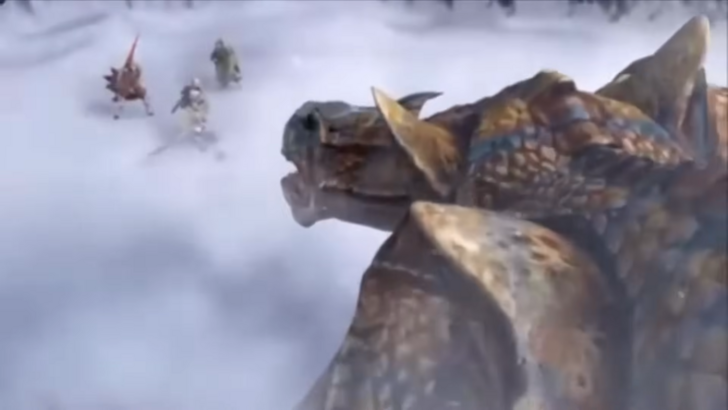 These moments, though not explicitly narrative-driven, create a personal narrative of overcoming adversity. This resonates with the player's experience of mastering the game's mechanics and conquering challenging monsters.
These moments, though not explicitly narrative-driven, create a personal narrative of overcoming adversity. This resonates with the player's experience of mastering the game's mechanics and conquering challenging monsters.
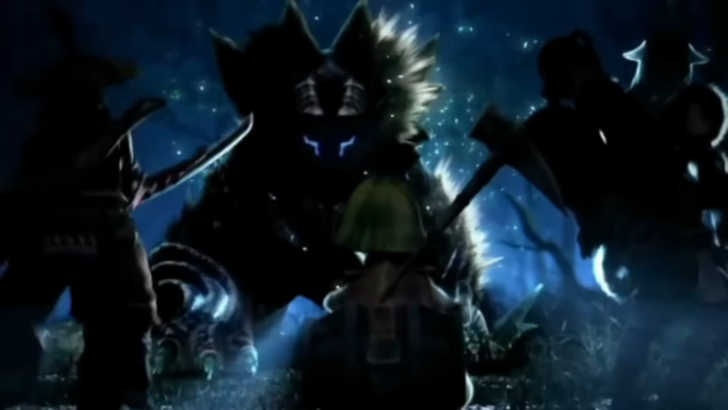 While recent games like Wilds incorporate more explicit storylines, the core appeal remains the player's personal journey of improvement and triumph. Monster Hunter may not always boast the most compelling narratives, but it effectively weaves the player's experience into a memorable and engaging story.
While recent games like Wilds incorporate more explicit storylines, the core appeal remains the player's personal journey of improvement and triumph. Monster Hunter may not always boast the most compelling narratives, but it effectively weaves the player's experience into a memorable and engaging story.

